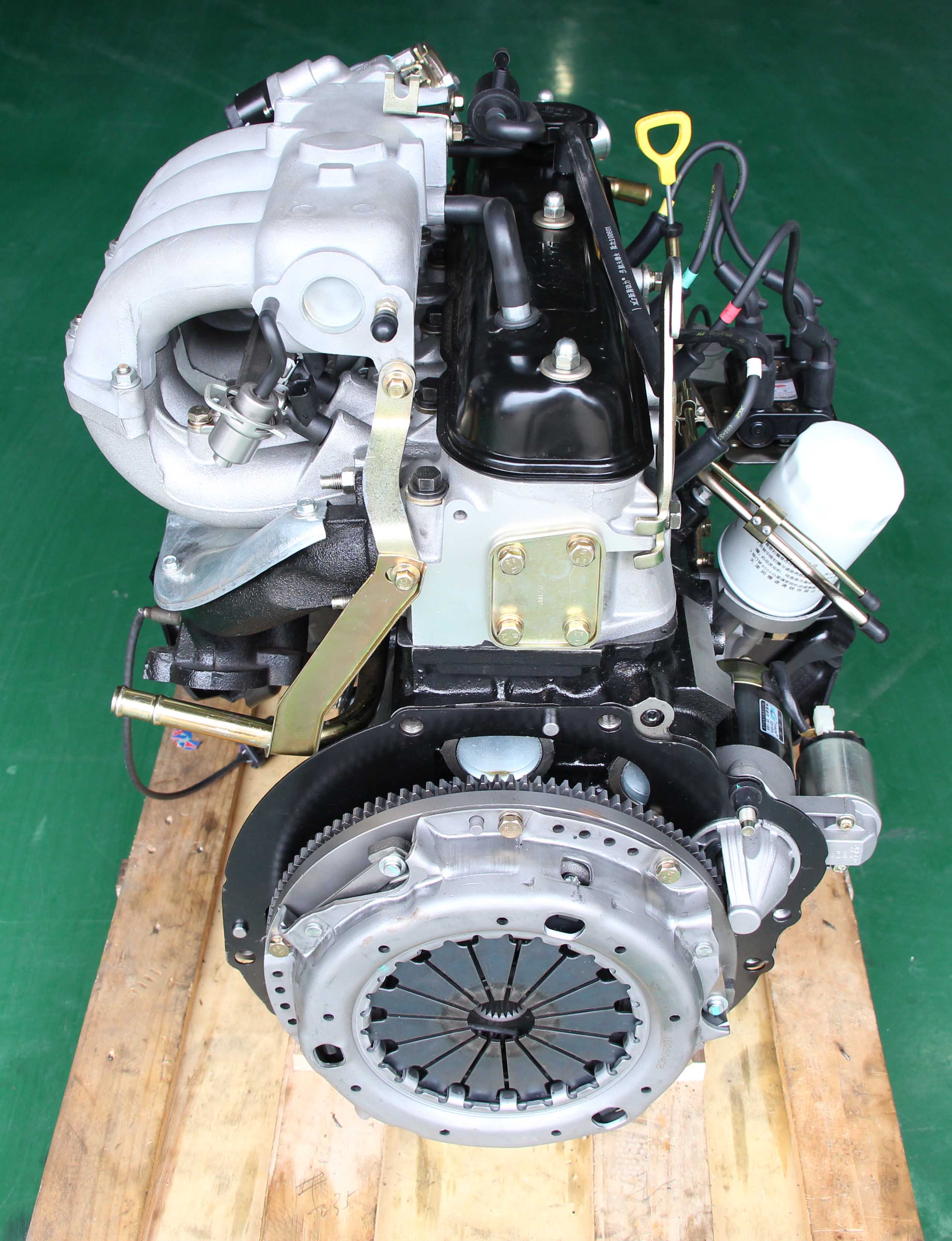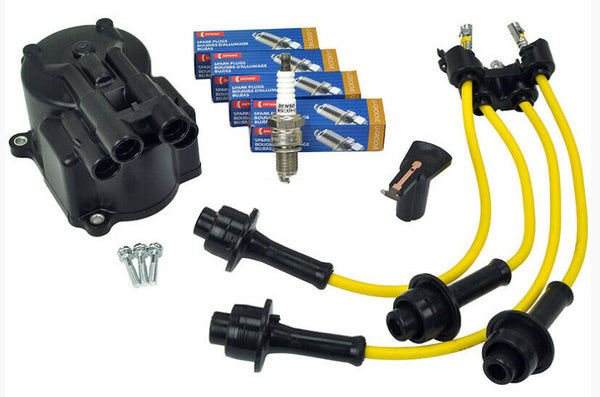Top Modifications to Enhance the Performance of Your 4Y Engine
Top Modifications to Enhance the Performance of Your 4Y Engine
Blog Article
The Ultimate Guide to the Engine: Secret Insights for each Cars And Truck Fanatic
Comprehending the engine is fundamental for any vehicle enthusiast, as it acts as the heart of the car and determines its performance. This guide provides a thorough evaluation of engine anatomy, kinds, and the technicians behind their operation, consisting of the ingenious modern technologies that are reshaping the vehicle landscape. It underscores the vital nature of maintenance techniques that can significantly impact an engine's life-span. However, the complexities of engine dynamics and the newest developments in technology present inquiries that merit further exploration. What might these insights reveal about the future of auto engineering?
Composition of an Engine
Recognizing the anatomy of an engine is essential for any type of car enthusiast wanting to dig deeper into automotive auto mechanics. An inner burning engine mostly is composed of numerous vital elements that operate in unison to convert gas into power.
At the heart of this system exists the cyndrical tube block, which houses the cylinders where combustion happens. Piston movement within these cyndrical tubes is promoted by the crankshaft, which converts direct motion into rotational energy. Additionally, the camshaft plays a vital duty in managing the opening and closing of the engine's valves, making sure correct air-fuel blend intake and exhaust gas expulsion.
Other vital parts consist of the gas system, which provides the engine with the needed fuel, and the ignition system, in charge of initiating burning - 4y engine. The cooling and lubrication systems are also indispensable, keeping ideal operating temperatures and lowering friction, respectively
Engine Kinds and Configurations
A diverse series of engine kinds and setups exists, each offering unique advantages and drawbacks customized to different driving demands and preferences. The most common engine kinds include inline, V, level, and rotating configurations.
Inline engines, featuring cyndrical tubes organized in a single line, are recognized for their simpleness and efficiency. They are usually found in small lorries, supplying a balance of power and economic climate. V engines, identified by their two financial institutions of cyndrical tubes arranged in a V shape, give greater performance and smoother procedure, making them preferred in sporting activities and high-end cars and trucks.
Flat engines, or boxer engines, have flat opposed cylinders, which add to a lower facility of gravity, improving lorry stability. These are typically seen in brands like Subaru and Porsche.
Rotating engines, although much less common, utilize a distinct layout with a triangular blades and deal high power-to-weight ratios. They succeed in lightweight and compact applications, mostly seen in Mazda lorries.
Each engine kind offers certain performance attributes, weight circulations, and gas efficiencies, ensuring that cars and truck enthusiasts can select the right engine arrangement to match their driving style and automobile demands.

Just How Engines Work
Engines, no matter their type or configuration, run on essential concepts that regulate their performance and effectiveness. At their core, engines transform gas right into mechanical power via a series of controlled explosions or compressions. This process typically includes four major strokes: consumption, power, exhaust, and compression.
Throughout the consumption stroke, the engine pulls in a combination of air and fuel. The compression stroke follows, where the combination is pressed in the cylinder, enhancing its temperature level and stress. In the power stroke, a stimulate fires up the pressed combination (in gas engines) or the mixture stirs up spontaneously (in diesel engines), leading to a rapid development of gases that pushes the piston down. Ultimately, the exhaust stroke expels the invested gases Learn More Here from the cyndrical tube.
The efficiency of an engine is affected by numerous elements, including the design of the combustion chamber, the kind of gas made use of, and the precision of the engine's elements. Recognizing these essential principles is crucial for auto enthusiasts who seek to appreciate the detailed mechanics behind their cars, as well as for those intending to boost performance with modifications and adjusting.
Innovations in Engine Innovation
Over the last few years, advancements in engine innovation have actually dramatically transformed the automobile landscape, enhancing both efficiency and ecological sustainability. Among one of the most significant technologies is the development of turbocharging and supercharging, which allows smaller engines to create higher power outcomes without giving up gas effectiveness. This has actually brought about a surge in the appeal of downsized engines, supplying makers with the capacity to satisfy stringent emissions regulations while maintaining performance criteria.
Furthermore, hybrid and electric powertrains are improving the engine standard. Hybrid systems incorporate interior burning engines with electric motors, maximizing gas intake and minimizing discharges. Completely electrical lorries (EVs) get rid of the check combustion engine entirely, relying on advanced battery modern technology to provide instantaneous torque and impressive velocity.
Moreover, the combination of expert system and artificial intelligence in engine administration systems enables for real-time optimization of performance criteria, improving efficiency and responsiveness. Innovations such as variable valve timing and straight fuel injection further refine burning processes, making best use of power output while minimizing waste.
As the auto market continues to develop, these advancements in engine technology will certainly play a vital function in forming the future of flexibility, prioritizing both efficiency and sustainability.
Maintenance Tips for Lovers
Maintaining an engine is as essential as the advancements that improve its efficiency. Routine upkeep not only prolongs the life of your engine yet likewise ensures optimal performance. Begin with regular oil modifications, following the supplier's recommendations for oil kind and change intervals. Tidy oil lubes engine parts efficiently, stopping deterioration.
Examine and replace air filters periodically to ensure appropriate air movement, which is critical for burning effectiveness. A clogged air filter can lead to decreased performance and increased gas usage. Likewise, keep an eye on the coolant levels to stop overheating, and replace coolant according to the service routine.

Final Thought
To conclude, a complete understanding of engine makeup, kinds, and mechanics is vital for auto fanatics. The expedition of developments such as turbocharging and crossbreed systems highlights the innovations in efficiency and effectiveness. Furthermore, normal maintenance techniques, consisting of oil changes and air filter checks, are critical for making certain ideal engine functionality and long life. Proficiency of these concepts promotes a much deeper appreciation for engine characteristics and improves the total driving experience.

Engines, regardless of their type or setup, operate on essential concepts that control their efficiency and performance. In the power stroke, a trigger stirs up the pressed mix (in gas engines) or the blend sparks automatically (in diesel engines), resulting in a quick development of gases that presses the piston down.In recent years, developments in engine technology have click now substantially transformed the automotive landscape, enhancing both efficiency and ecological sustainability.
Report this page